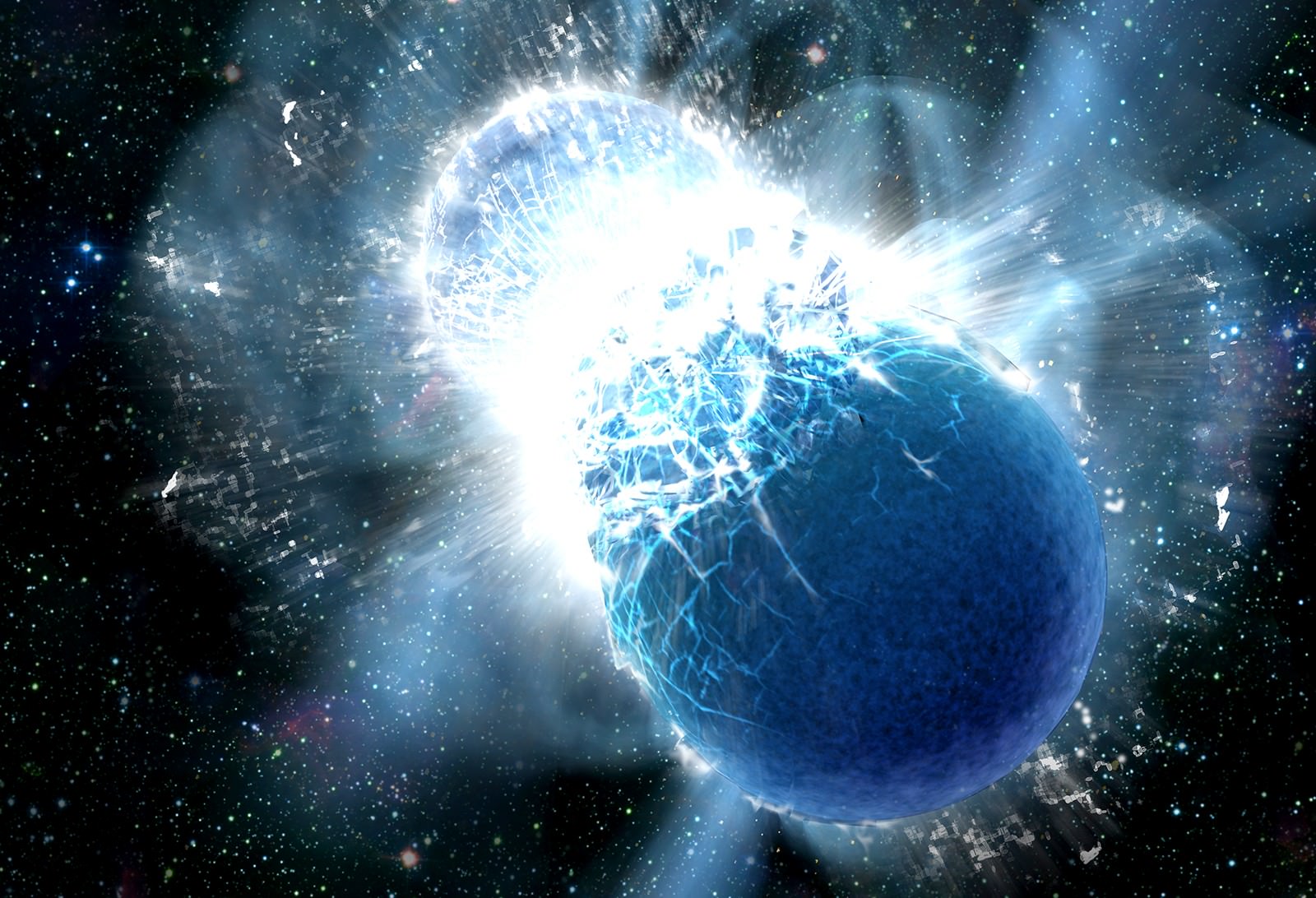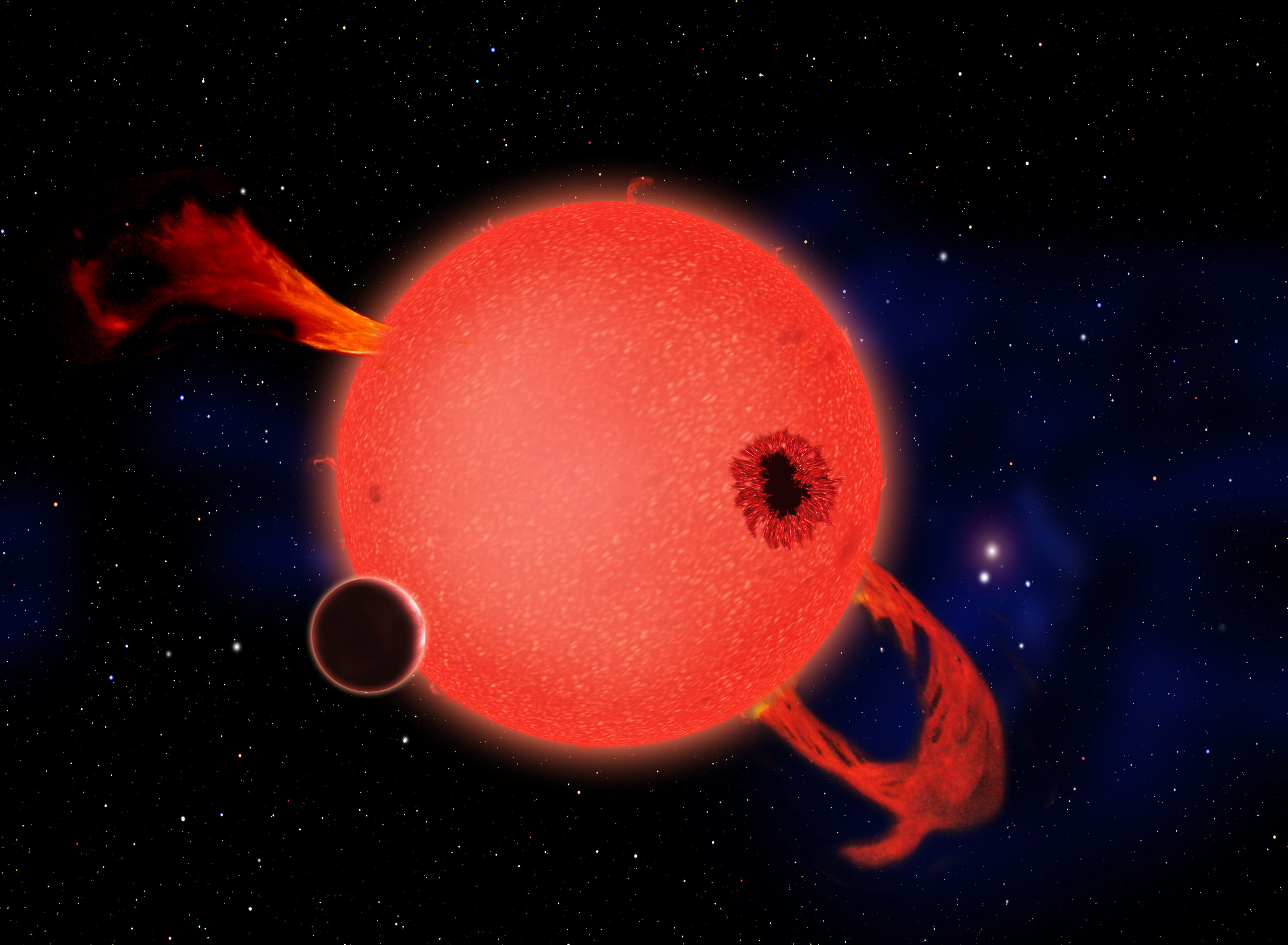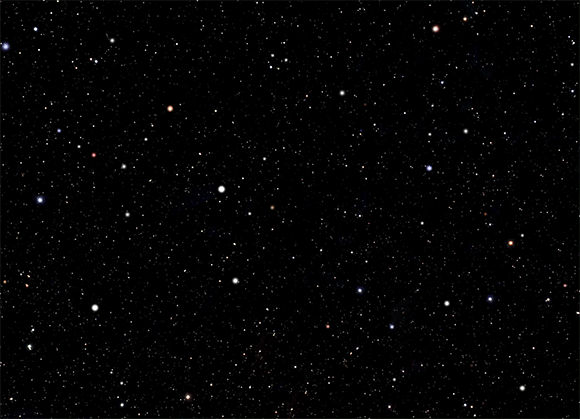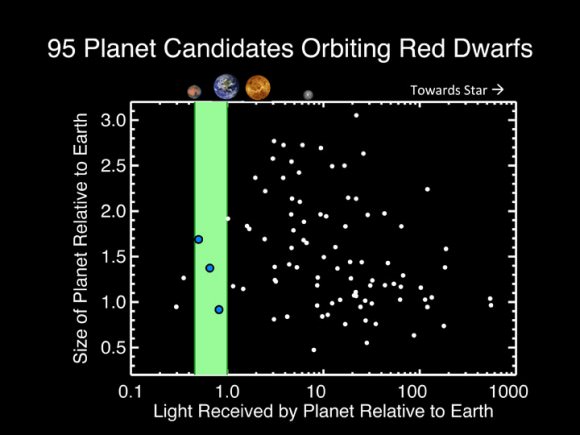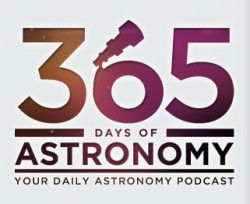Are you wearing a gold ring? Or perhaps gold-plated earrings? Maybe you have some gold fillings in your teeth… for that matter, the human body itself naturally contains gold — 0.000014%, to be exact! But regardless of where and how much of the precious yellow metal you may have with you at this very moment, it all ultimately came from the same place.
And no, I don’t mean Fort Knox, the jewelry store, or even under the ground — all the gold on Earth likely originated from violent collisions between neutron stars, billions of years in the past.
Recent research by scientists at the Harvard-Smithsonian Center for Astrophysics (CfA) in Cambridge, Massachusetts has revealed that considerable amounts of gold — along with other heavy elements — are produced during impacts between neutron stars, the super-dense remains of stars originally 1.4 to 9 times the mass of our Sun.
The team’s investigation of a short-duration gamma-ray outburst that occurred in June (GRB 130603B) showed a surprising residual near-infrared glow, possibly from a cloud of material created during the stellar merger. This cloud is thought to contain a considerable amount of freshly-minted heavy elements, including gold.
“We estimate that the amount of gold produced and ejected during the merger of the two neutron stars may be as large as 10 moon masses – quite a lot of bling!” said lead author Edo Berger.

The mass of the Moon is 7.347 x 1022 kg… about 1.2% the mass of Earth. The collision between these neutron stars then, 3.9 billion light-years away, produced 10 times that much gold based on the team’s estimates.
Quite a lot of bling, indeed.
Gamma-ray bursts come in two varieties – long and short – depending on the duration of the gamma-ray flash. GRB 130603B, detected by NASA’s Swift satellite on June 3rd, lasted for less than two-tenths of a second.
Although the gamma rays disappeared quickly, GRB 130603B also displayed a slowly fading glow dominated by infrared light. Its brightness and behavior didn’t match the typical “afterglow” created when a high-speed jet of particles slams into the surrounding environment.
Instead, the glow behaved like it came from exotic radioactive elements. The neutron-rich material ejected by colliding neutron stars can generate such elements, which then undergo radioactive decay, emitting a glow that’s dominated by infrared light – exactly what the team observed.
“We’ve been looking for a ‘smoking gun’ to link a short gamma-ray burst with a neutron star collision,” said Wen-fai Fong, a graduate student at CfA and a co-author of the paper. “The radioactive glow from GRB 130603B may be that smoking gun.”
The team calculates that about one-hundredth of a solar mass of material was ejected by the gamma-ray burst, some of which was gold. By combining the estimated gold produced by a single short GRB with the number of such explosions that have likely occurred over the entire age of the Universe, all the gold in the cosmos – and thus on Earth – may very well have come from such gamma-ray bursts.
Watch an animation of two colliding neutron stars along with the resulting GRB below (Credit: Dana Berry, SkyWorks Digital, Inc.):
How much gold is there on Earth, by the way? Since most of it lies deep inside Earth’s core and is thus unreachable, the total amount ever retrieved by humans over the course of history is surprisingly small: about 172,000 tonnes, or enough to make a cube 20.7 meters (68 feet) per side (based on the Thomson Reuters GFMS annual survey.) Some other estimates put this amount at slightly more or less, but the bottom line is that there really isn’t all that much gold available in Earth’s crust… which is partly what makes it (and other “precious” metals) so valuable.
And perhaps the knowledge that every single ounce of that gold was created by dead stars smashing together billions of years ago in some distant part of the Universe would add to that value.
“To paraphrase Carl Sagan, we are all star stuff, and our jewelry is colliding-star stuff,” Berger said.
The team’s findings were presented today in a press conference at the CfA in Cambridge. (See the paper here.)
Source: Harvard-Smithsonian CfA

